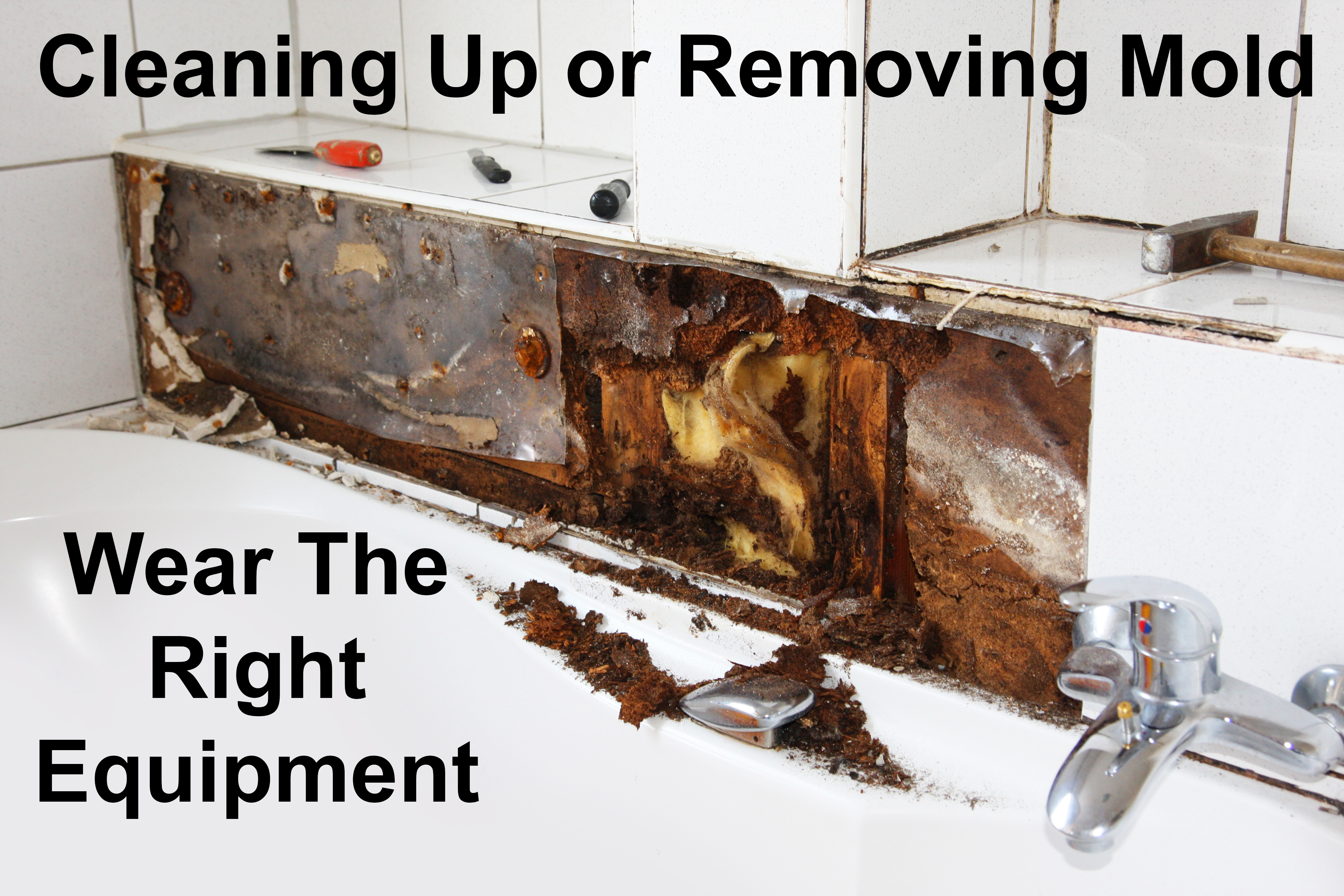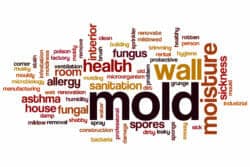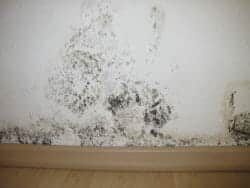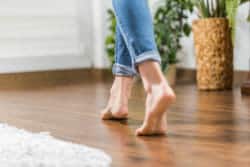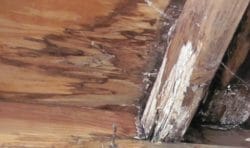What To Wear When Removing Mold In Your Home
Knowing what to wear when removing mold in your home will do a lot to protect you from unhealthy and toxic mold spores and the cost is actually not that much.
Removing mold, whether cleaning or tearing out drywall, insulation, carpet, etc. can be hazardous to your health. It’s critical to wear the right clothing and equipment to prevent breathing of mold spores or getting them on your skin. The EPA (Environmental Protection Agency) has a set of recommended guidelines that are basically broken down into three levels.
- Minimum PPE requirement level (under 10 square feet)
- Limited PPE requirement level (10 to 100 square feet)
- Full PPE requirement level (100 or more square feet)
The letters “PPE” refers to Personal Protective Equipment
Personal Protective Equipment is key in limiting your exposure to mold and mold spores, because once you start the clean-up and removal process, millions of microscopic mold spores go airborne. Companies that specialize in removing and eliminating mold are usually referred to as “Mold Remediation” companies or contractors.
Can a homeowner do their own mold clean-up / remediation?
In most instances you can, however, if you live in a condo or apartment where there is a risk that you may contaminate your neighbor’s unit there may be some form of governmental regulations, guidelines or permits required. A quick call to your local building department will normally answer any questions you have about governmental requirements.
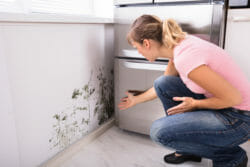
Stachybotrys, Cladosporium, Penicillium, Aspergillus, and Alternaria.
Mold spores grow in many types of building materials, including drywall, wood, insulation, carpet and even dust. Having the proper protection will help protect you from mold spores whether you’re just cleaning mold off of surfaces or tearing out drywall, rotten wood or moldy insulation.
The EPA, Environmental Protection Agency, provides guidelines and recommendations for contractors, mold remediation companies, as well as, to homeowners. There are many recommendations and pages and pages of guidelines, but there are 3 to 5 pieces of personal protection items that homeowners or home buyers should have at a minimum when working with mold, especially toxic mold. ( Read about health concerns and issues )
Deciding what equipment to get or wear often depends on the size of the area you’re dealing with.
The EPA recommendations are broken down into 3 basic levels
1 – Minimum PPE requirements
- N-95 respirator (mask)
- Goggles/eye protection
- Gloves
The first level is suggested for small areas in a home that are less than 10 square feet in size. The following should be considered as minimum requirements when doing remediation activities.
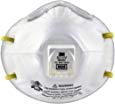
N95 Respirator
Facemask / N95 respirator is designed to have a close facial fit covering the nose and mouth and to filter out small (down to 0.3 micron in size) airborne particles: N95 respirators will filter out about 95% of airborne particulates.
Remember, that if your mask becomes damaged, soiled or you have a difficult time breathing through it, that it should be replaced with another one.

Goggles
Wearing the proper type of goggles will help prevent or reduce dust and small particles from getting into your eyes. When choosing your goggles they should have protected venting to help prevent fogging and they should not have open vents holes with no type of filtering material covering the holes. Regular old safety glasses with the small open holes on the sides are not adequate to keep mold spores from infiltrating into the glasses, so be sure to get the right kind goggles.
Goggles that resist fogging, that fit well will with an adjustable band and that have good filtered ventilation are desirable.
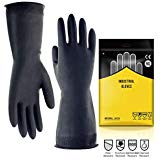
Gloves
When investigating or removing moldy materials you should protect your skin from coming into contact with mold, as well as from the chemicals in cleaning solutions. Depending on the type of remediation that you are doing you may want to wear long gloves rather than short gloves.
If working with cleaners, such as chlorine bleach or strong chemicals, then the gloves are usually: Neoprene, natural rubber, Nitrile, Polyurethan or Polyvinylchloride (PVC). If using mild household soaps or detergents, then regular everyday rubber gloves should be fine.
2 – Limited PPE requirements
- N-95 respirator or half-face respirator with P100 (HEPA) filter
- Goggles/eye protection
- Gloves
- Disposable overalls
When doing level 2 work, 10 to 100 square foot area, it is recommended that you have a N-95 respirator or a half or full-face respirator with a HEPA filter, plus disposable overalls as well as gloves. Remember that a half-face respirator does not protect the eyes, therefore proper goggles will be needed.
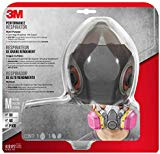
Half-face respirators and P100 filters
The term “APRs” usually refers to Air Purifying Respirators. When using an APR respirator it should have a P100 filter, which is often a cartridge type of filter that can be easily replaced as needed.
P100 filters will block 99.9% of particles 0.3 microns or larger and are usually considered to have the highest rating for personal respiratory protection. They’re very effective in trapping microscopic mold spores.
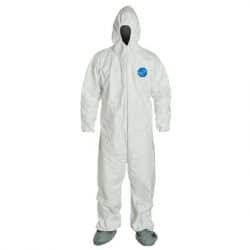
Overalls
Protection of your skin and personal clothing from mold spores and contaminated small particles in medium size projects (10 to 100 square feet) and large ones (over 100 square feet) is wise. For small type projects where just limited protection is reasonable, the disposable paper coveralls is generally ok. If the project requires a more robust type of protection, then a sturdy breathable type of material is best, such as TYVEK®. Depending on the size and complexity of work, wearing mold-impervious disposable head and foot coverings are recommended.
Note some coveralls come with head and foot protection attached and other coveralls you would need to acquire booties and head coverings separately. When suiting up in coveralls and if the ankle or sleeve areas don’t have elastic bans to prevent gaps, then some remediators will use duct tape to seal the gaps.
3 – Level – Full PPE requirements
- Gloves, disposable full body clothing, head gear, foot coverings, full-face respirator with HEPA filter
On these types of projects where bigger areas are involved, average homeowners typically do not attempt to do the work themselves but have a mold remediation company do the work.
This level usually has more complex personal protection equipment and it is not unusual for professional training to be required in order to utilize some of the Personal Protection Equipment. For example, if a powered air purifying respirator uses a blower to force air through the filter to a mask that covers the wearer’s face or a hood that covers the entire head and it is not set properly or fits properly, then the wearer will be exposed to higher levels of airborne dust and mold spores. When dealing with large and complex jobs its critical to have the proper equipment and training
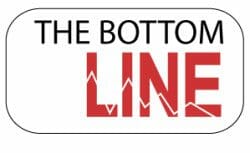
Mold is a serious concern in any home and should be removed for the health of the occupants and at times to prevent structural damage. If you undertake heavy duty cleaning or removing moldy drywall, insulation, carpet or any other materials that mold is on or in, you should wear “PPE” equipment.
